2018 Kawasaki Ninja 400 Coming to America

Pricing starts at $4,999, matching the Ninja 300's MSRP
After unveiling the Ninja 400 at the Tokyo Motor Show and seeing it again in Milan at EICMA, Kawasaki officially announced the new 399cc sportbike for the U.S. market. Impressively, American pricing starts at $4,999 for the 2018 Kawasaki Ninja 400, the same MSRP as the outgoing Ninja 300 (the ABS version is also priced similarly, at $5,299). We’ll also see a KRT edition color option (with ABS) in dealerships carrying a $5,499 price tag.
First Look: 2018 Kawasaki Ninja 400 + Video
The Ninja 400’s U.S. availability doesn’t come as a surprise. We already know it was coming thanks to filings with the California Air Resources Board, but we didn’t need government certification documents to tell us Kawasaki would bring the Ninja 300’s replacement here, given how many American motorcyclists first learned to ride on the 400’s predecessor.
As previously announced, the Ninja 400’s parallel-Twin engine has a 70.0 mm bore and a 51.8 mm stroke (compared to 62.0 mm by 49 mm for the 296cc Ninja 300). The compression ratio is also higher at 11.5:1 versus the 300’s 10.6.1 ratio. Kawasaki added a larger air box with a new downdraft intake, claiming increased performance at high rpms and increased efficiency. The 5.8 liter airbox is more rigid at the top, reducing unwanted noise to produce a clearer intake note during acceleration. New intake funnels with different heights help to smooth engine response. Kawasaki hasn’t released any figures for the U.S.-spec model, but the European version claims a peak output of 44.8 hp at 10,000 rpm and 28.0 lb-ft. at 8000 rpm.
New 32mm throttle bodies direct a larger volume of air from the intake. The butterfly valves are oval shaped, which allows them to be at an angle when closed, allowing for quicker throttle response. The 27.5 mm intake and 23.5 mm exhaust valves were employed to optimize high-rpm performance. Because of the new intake design, Kawasaki was able to position the fuel injectors closer to the throttle valves, claiming improved combustion efficiency and a linear throttle response.
Kawasaki managed to make some weight savings by using a forged camshaft and eliminating sub-throttles. A revised cooling system also users shorter external piping, further reducing weight.
The engine is paired with a six-speed transmission with close gear ratios. The assist and slipper clutch is more compact than the one used on the Ninja 300, with less rigid operating plate for a lighter lever feel and a wider engagement range.
Following a trend that began with the Ninja H2 and continued by the Ninja 650, the 400 uses a trellis frame. Despite a longer swingarm, the chassis has a 53.9-inch wheelbase, nearly an inch shorter than the Ninja 300. The swingarm mounting plate is die-cast and bolts to the back of the engine, eliminating the need for additional cross member pieces.
Up front, the Ninja 400 uses a 41mm telescopic fork with a steeper caster angle than the Ninja 300’s 37mm fork. The rear shock uses a new linkage and has revised suspension settings while allowing for five-way preload adjustability.
A dual-piston caliper is mated to the 310mm front brake disc while a the 220mm rear rotor is matched with a dual-piston caliper with larger 27mm pistons. A Nissin ABS system is optional.
Designed to fit a wide range of rider sizes, the Ninja 400 has a relaxed rider triangle with a raised handlebar and slightly forward footpegs. The seat height 30.9 inches, just like on the Ninja 300. The new fairing is designed to offer improved wind protection and rider comfort. Also making things a bit more comfortable, a new radiator fan cover located behind the radiator directs air outwards to the side, away from the rider.
Other features include a 3.7-gallon fuel tank (down from the Ninja 300’s 4.5 gallon tank), LED headlights and position lamp, a multi-function LCD display with gear indicator and analog tach, and a claimed curb weight of 362 pounds (19.7 pounds lighter than the Ninja 300, though it also holds less fuel).
The 2018 Kawasaki Ninja 400 (with or without ABS) will be offered in a choice of Metallic Spark Black or Candy Plasma Blue or Pearl Solar Yellow/Pearl Storm Grey/Ebony. In addition, Kawasaki offers a Lime Green/Ebony KRT version.
2018 Kawasaki Ninja 400 Specifications | |
|---|---|
| Engine Type | Liquid-cooled, 4-stroke Parallel Twin |
| Displacement | 399 cc |
| Bore and Stroke | 70.0 x 51.8 mm |
| Compression ratio | 11.5:1 |
| Valve system | DOHC, 8 valves |
| Horsepower | 44.8 hp at 10000 rpm (Euro-spec, claimed) |
| Torque | 28.0 lb-ft. at 8000 rpm (Euro-spec, claimed) |
| Fuel system | Fuel injection: ø32 mm x 2 |
| Ignition | Digital |
| Starting | Electric |
| Lubrication | Forced lubrication, wet sump |
| Transmission | 6-speed, return |
| Final drive | Chain |
| Clutch | Wet multi-disc, manual |
| Frame | Trellis, high-tensile steel |
| Front Suspension | ø41 mm telescopic fork with 4.7 inches travel |
| Rear Suspension | Bottom-Link Uni-Trak, gas-charged shock with adjustable preload with 5.5 inches travel |
| Front Tire | 110/70R17 M/C 54H |
| Rear Tire | 150/60R17 M/C 66H |
| Front Brake | Single semi-floating ø310 mm petal disc with single balanced actuation dual-piston caliper |
| Rear Brake | Single ø220 mm petal disc with dual-piston caliper |
| Caster (rake) | 24.7° |
| Trail | 92 mm (3.6 inches) |
| Steering angle (left/right) | 35°/ 35° |
| Overall length | 1,990 mm (78.3 inches) |
| Overall width | 710 mm (28.0 inches) |
| Overall height | 1,120 mm (44.1 inches) |
| Wheelbase | 1,370 mm (53.9 inches) |
| Ground clearance | 140 mm (5.5 inches) |
| Seat height | 785 mm (30.9 inches) |
| Curb Weight | 362 pounds (claimed) |
| Fuel capacity | 14 liters (3.7 gallons) |

Dennis has been a part of the Motorcycle.com team since 2008, and through his tenure, has developed a firm grasp of industry trends, and a solid sense of what's to come. A bloodhound when it comes to tracking information on new motorcycles, if there's a new model on the horizon, you'll probably hear about it from him first.
More by Dennis Chung



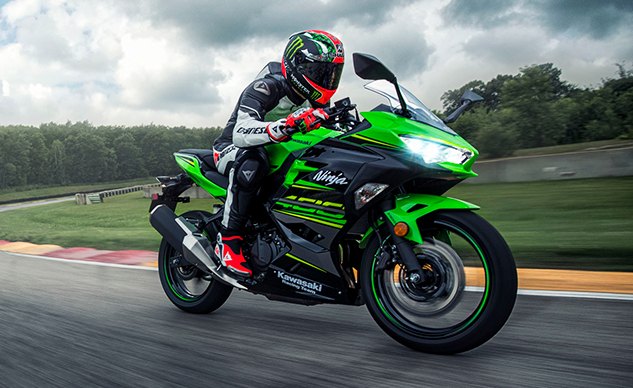
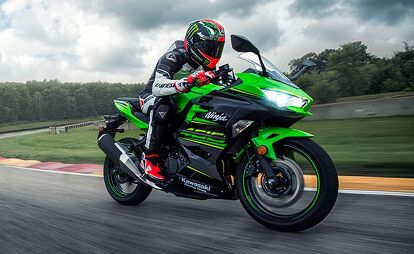

















































































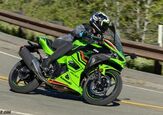
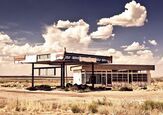
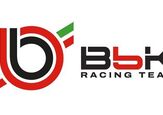
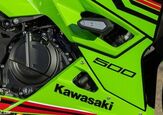
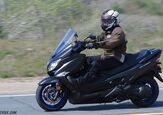

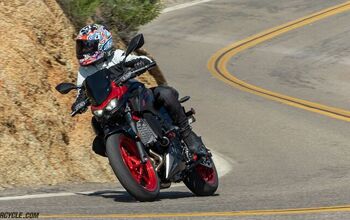
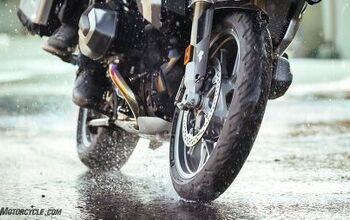
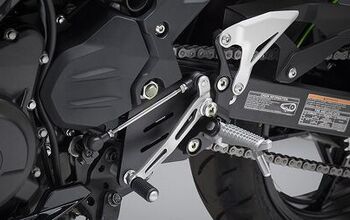
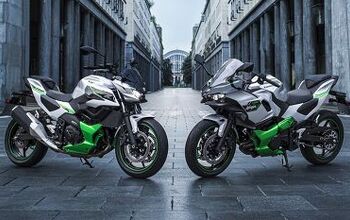
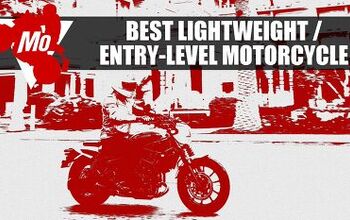
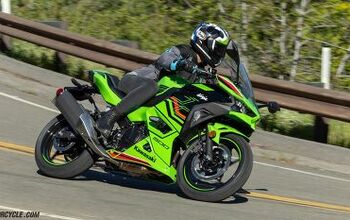

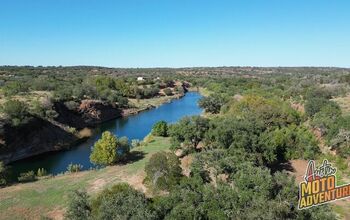
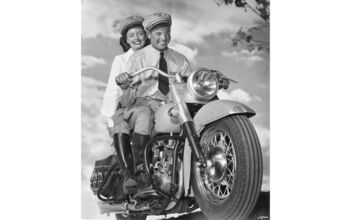
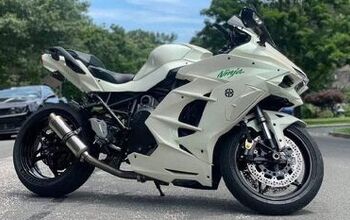
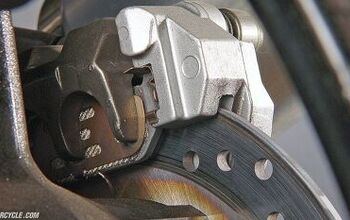
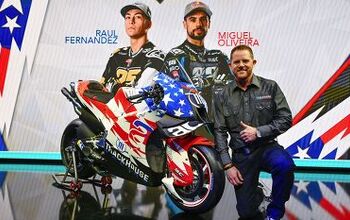
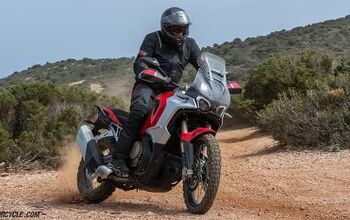

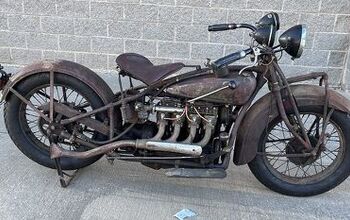
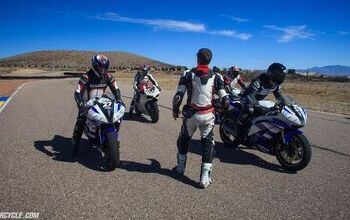
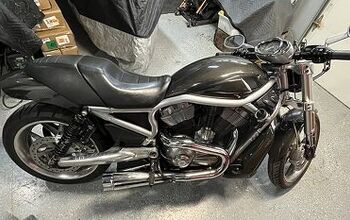
Comments
Join the conversation
I fear they will sit unsold in the showrooms because every dealer I've visited immediately tries to up sell to a larger bike using the logic that it won't be big enough in a very short period of time. I would love the heck out of it myself. Light weight and enough power to have lots of fun in the twisties.
A naked ninjer pls!
400ccs of goodies in an upright mini tourer, should give great gas mileage!